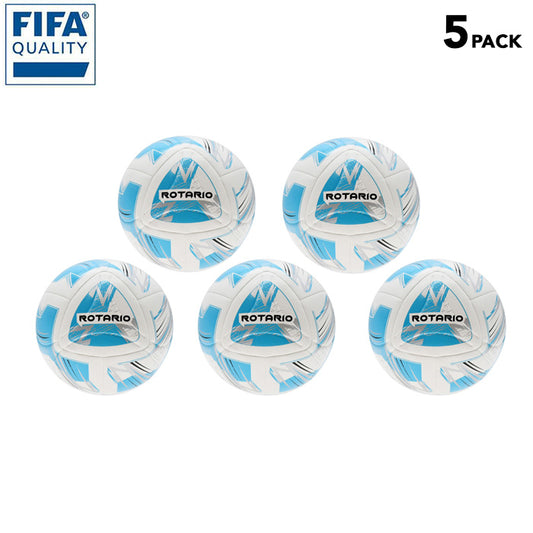
Inspiring Girls In Football: How the FIFA Women's World Cup ignited a transformation in women's football
Share
The FIFA Women's World Cup 2023 has been a showcase of women's football's meteoric rise over recent years, standing as a testament to the sport's remarkable evolution. While the inaugural men's tournament dates back to 1930, the women's edition only came to fruition in 1991, in China, with a modest gathering of 12 teams.

The success of this 1988 Women's Invitation Tournament led to the inaugural Women's World Cup. Convinced by the potential showcased in Guangzhou, FIFA announced that the first Women's World Cup would be hosted by the same Chinese province in 1991. This decision marked a significant milestone in the history of women's football, giving birth to an event that would become the tournament so many around the world have enjoyed watching this year.
Use code "ENGLAND10" for a 10% discount on any products in our England range.
The journey from the first Women's Invitation Tournament to the current Women's World Cup is a story of transformation that even those directly involved find remarkable. In a press conference at England's team hotel in Queensland just before the commencement of this World Cup, Sarina Wiegman was asked if her younger self could have envisioned the monumental growth of the tournament. Her response was emphatic: "No. No, no, absolutely not. Absolutely not." She continued: "The whole, everything, it’s totally changed, and really quickly. And even when I was older and I think maybe 20 years ago, I would not have ever expected or not even dreamed to be in this situation, that in women’s football we would be now where we are, or even that I would be in a situation where I am now. That’s why I enjoy it so much, too."

From humble beginnings in Guangzhou to a global spectacle down under, the expansion to 32 teams and huge global interest and engagement reflects the exponential growth of the sport. The pioneering efforts of early tournaments, and not forgetting all those who who have played and been involved in women's football through the years since the first recorded women's football match on 7 May 1881 in Edinburgh, paved the way for a future where young girls dare to dream, empowered by the knowledge that they can excel in any field they choose. As the final unfolds, the Women's World Cup continues to break barriers and ignite the aspirations of generations to come.

#ChildrensFootball. 💚 ⚽ #LetThemPlay
If you enjoyed reading this, you might also like:
Here Come The Girls! The Unstoppable Growth Of Women's Football
Friends For Life! The Social Benefits of Children Playing Football
Our 12 Top Tips For A New Parent Coach in Children's Football









